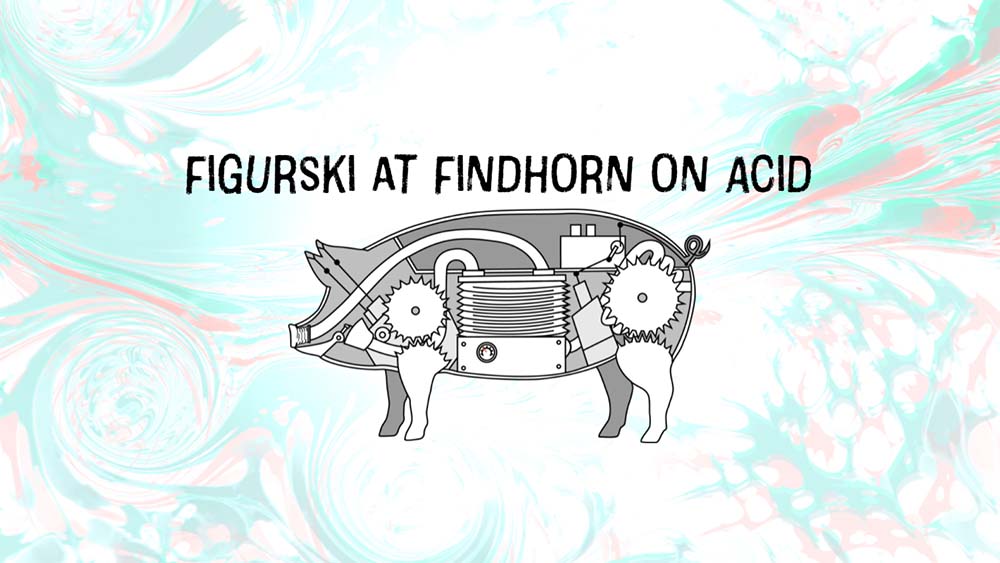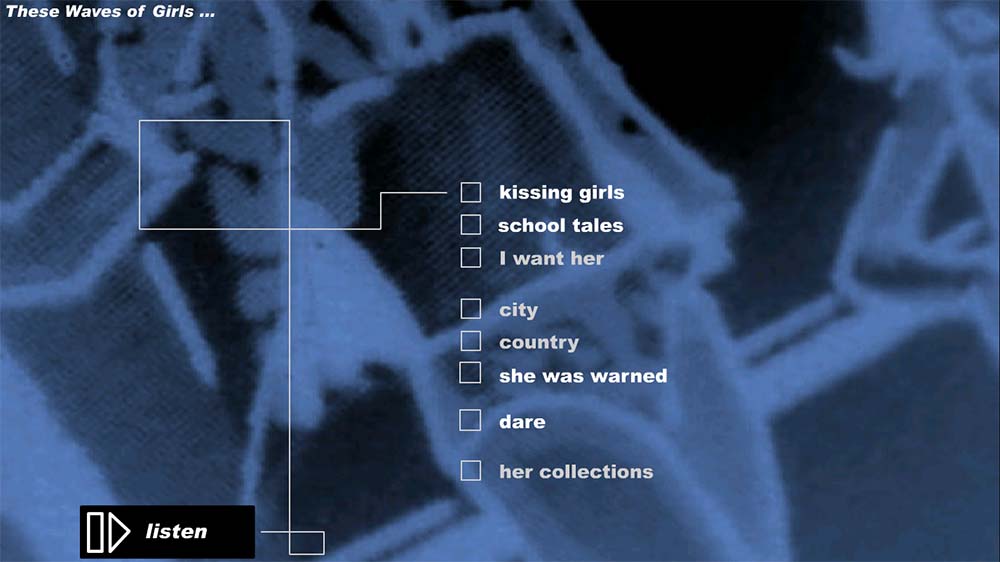

The journals electronic book review and The Digital Review present a special double issue pairing digital works of making or design with critical and scholarly mediation.
From prose and art installations to craftwork and video games, creative works are often released without giving artists the opportunity to explain their processes, contexts, and motivations. Else, creative works may be examined through separate forms of static, print-based scholarly publishing that risk isolating works from their creative impulses and taking works out of their and their artists' original contexts. In response, new approaches emerge from both scholarly and artistic origins that attempt to connect creative practice with critical thinking, including "research-creation," "critical making," "critical design," "practice-based research," and "theory as practice." Of course, the Fine Arts have long engaged in these practices; what is unique to areas such as "research-creation," however, is the chance to merge creative approaches across various disciplines, allowing critical thinkers regardless of their training to address 21st Century issues in innovative ways.
To better understand and invest in research-creation approaches, this issue of The Digital Review features works that are dynamic, interactive, and multimodal so that some of the unseen processes and practices of research-creation are better foregrounded.
--Lai-Tze Fan, Editor
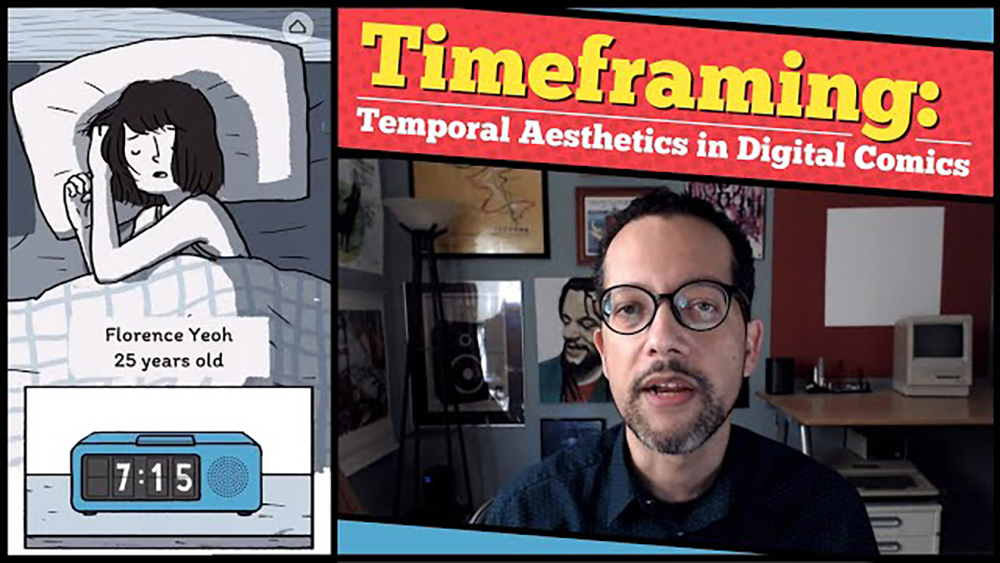
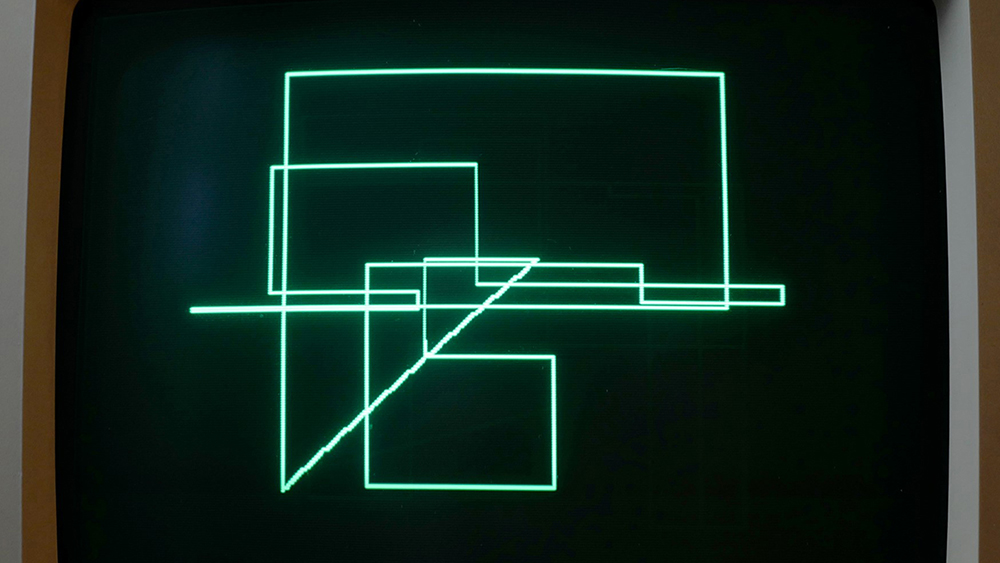
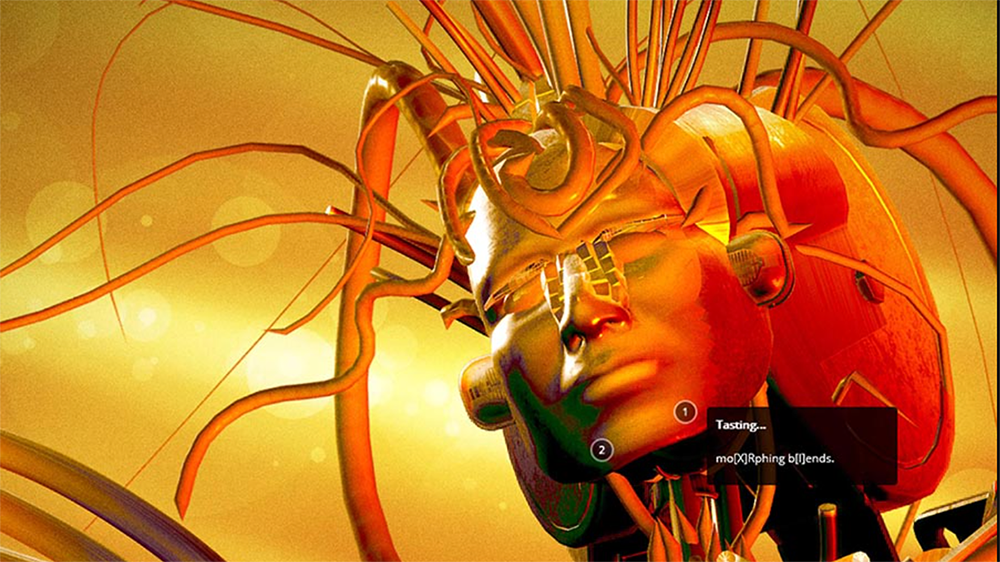
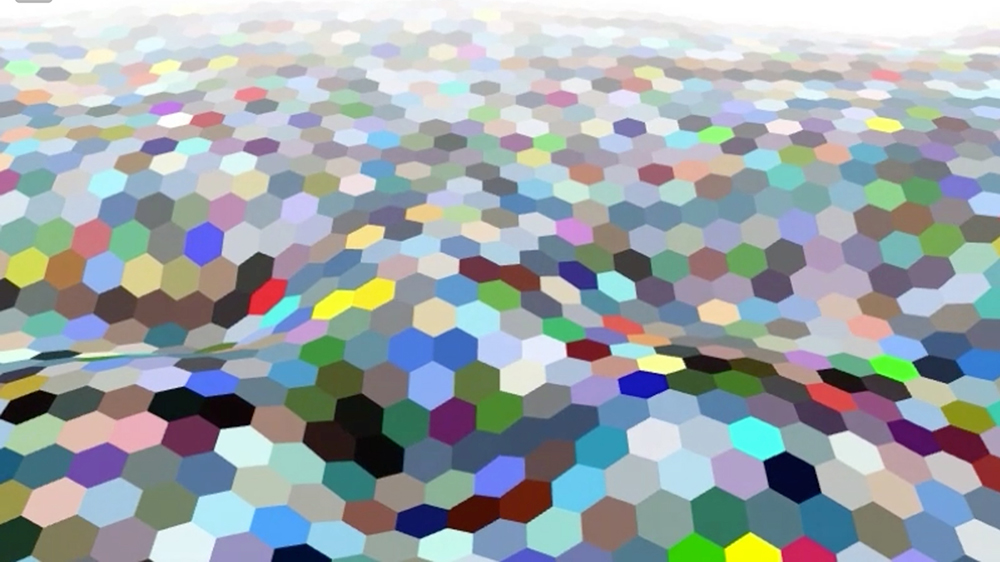
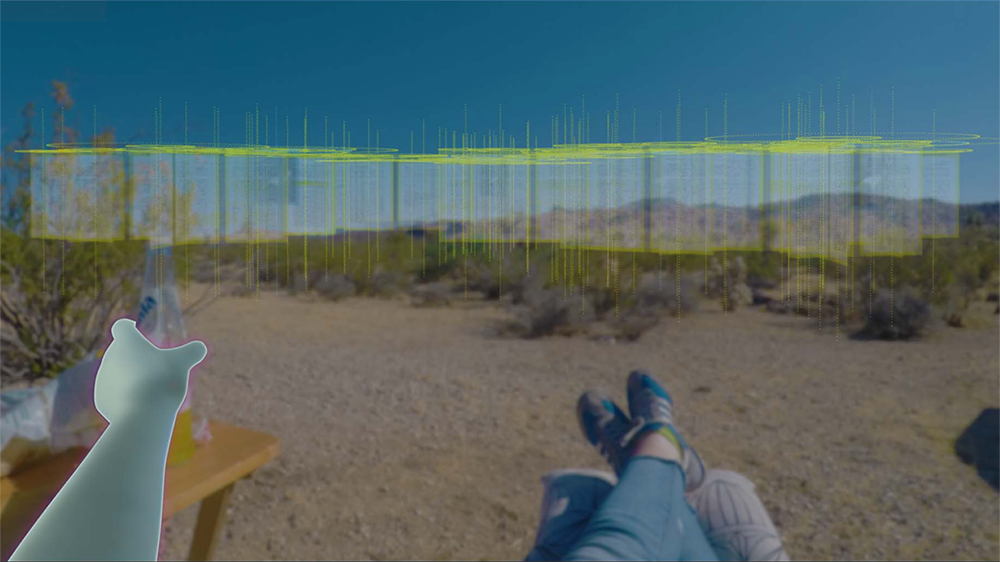
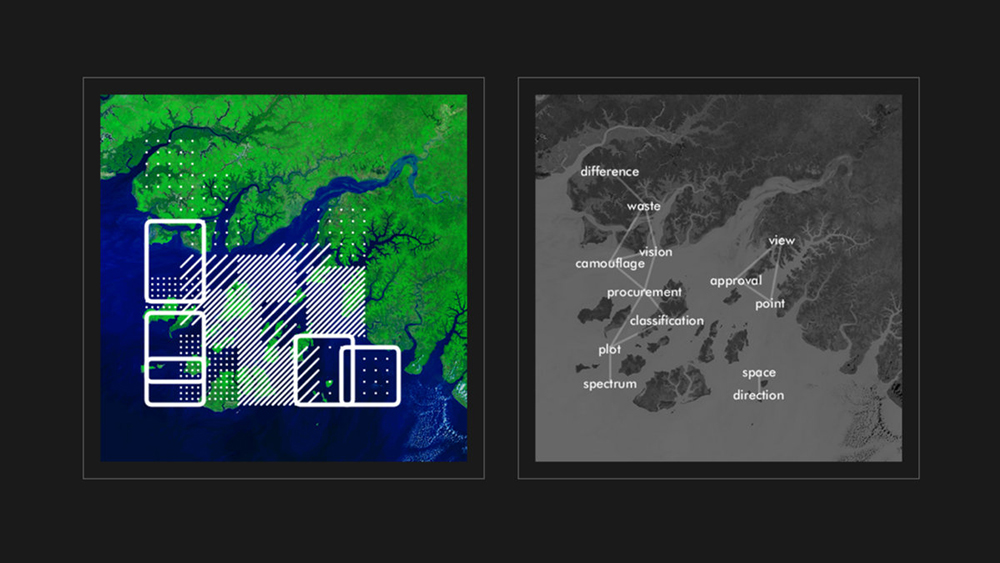
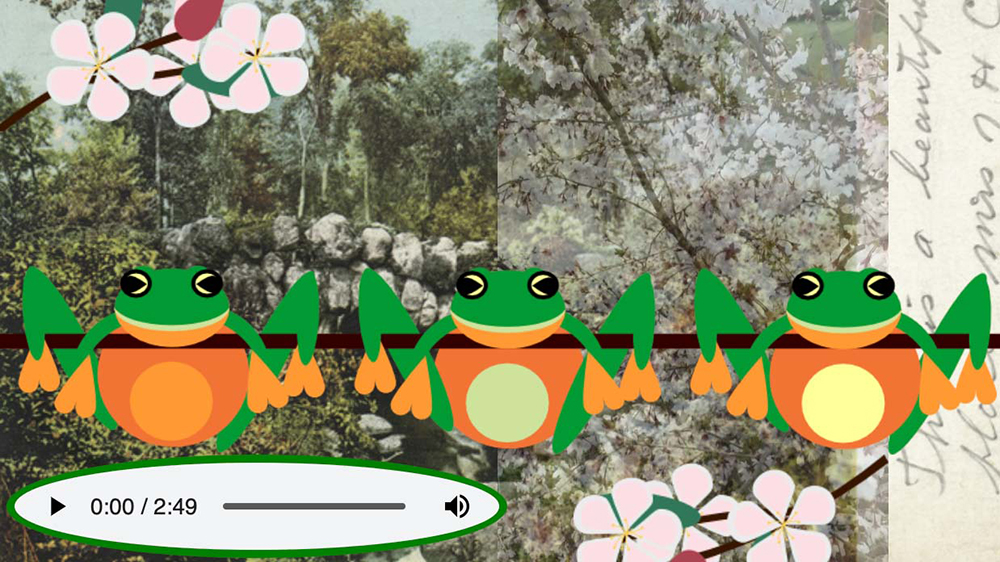
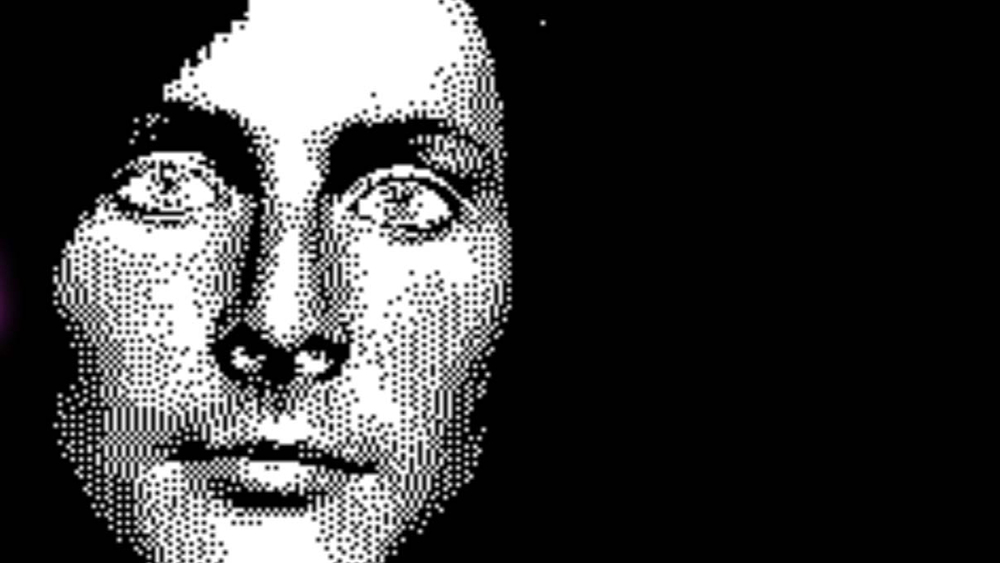
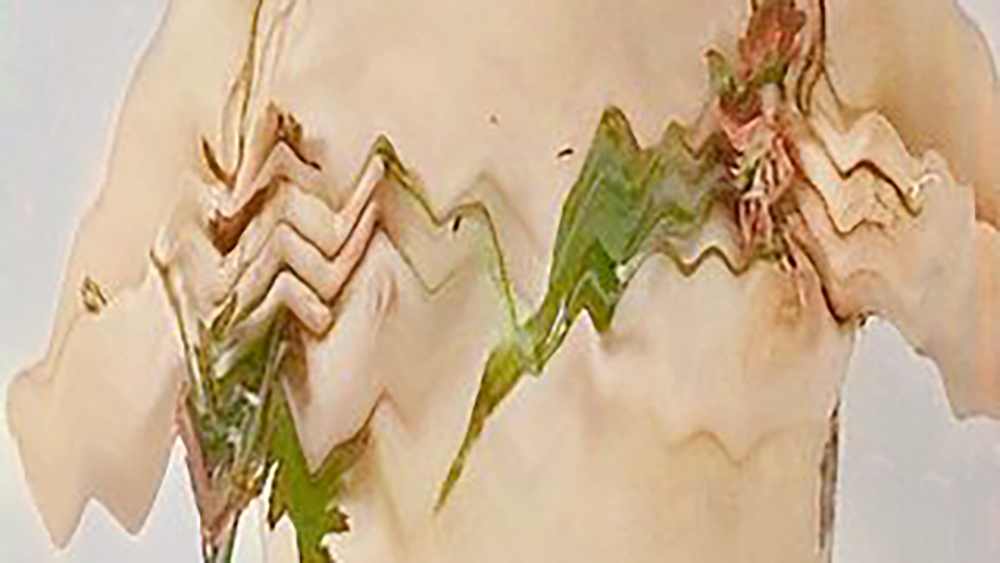
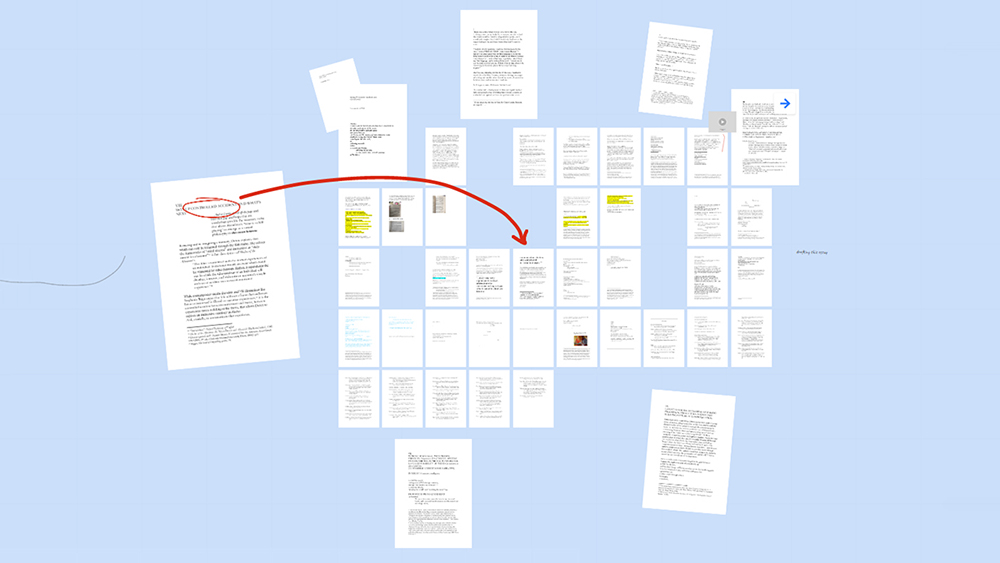
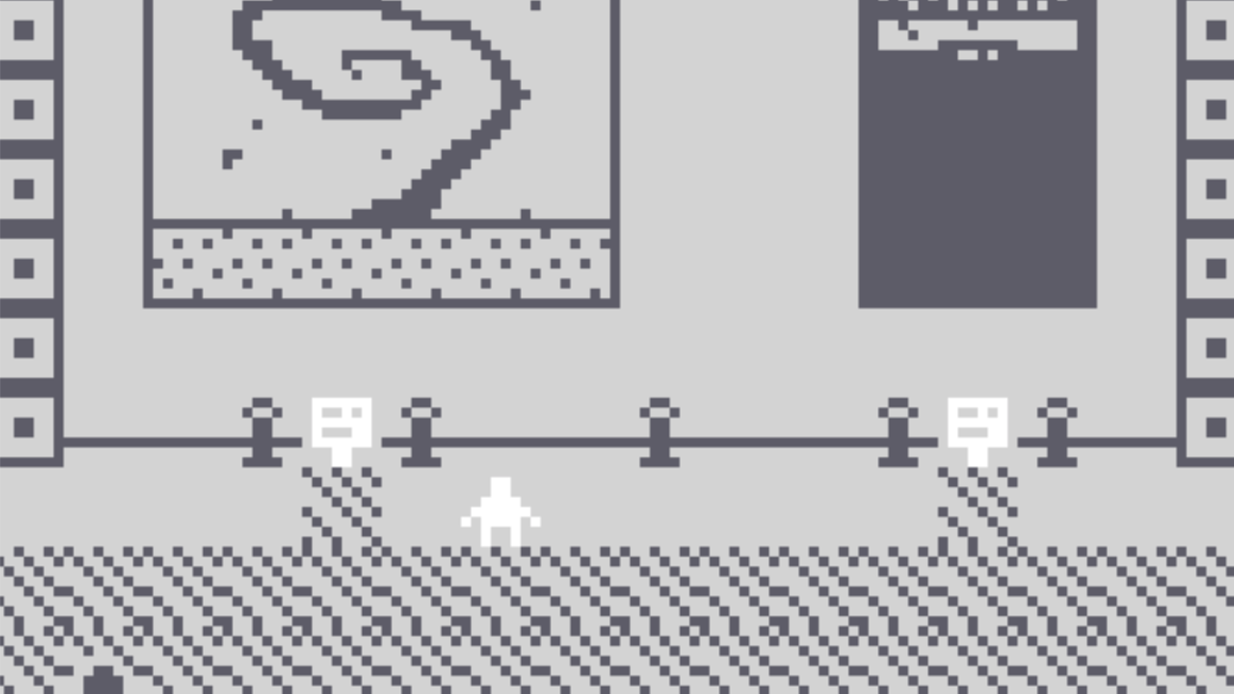
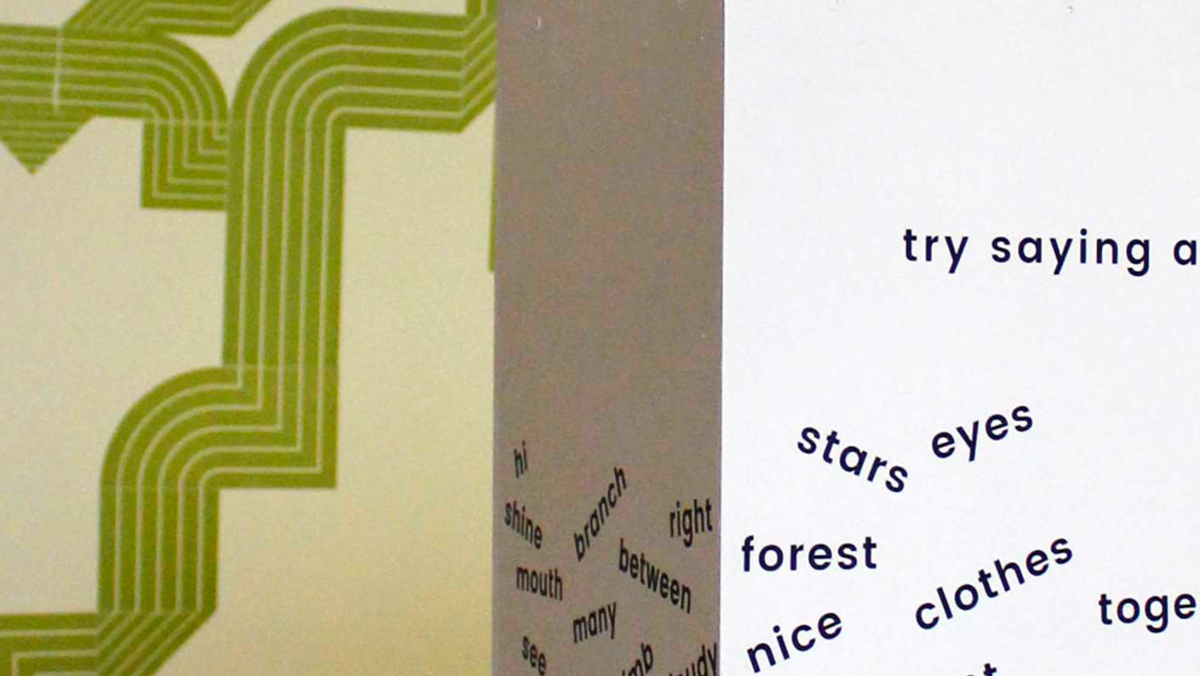

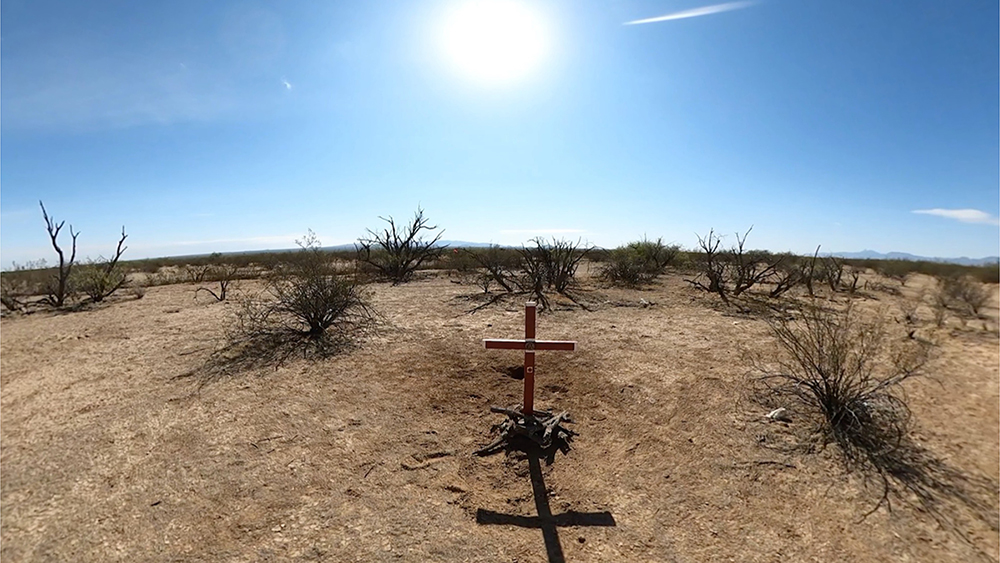
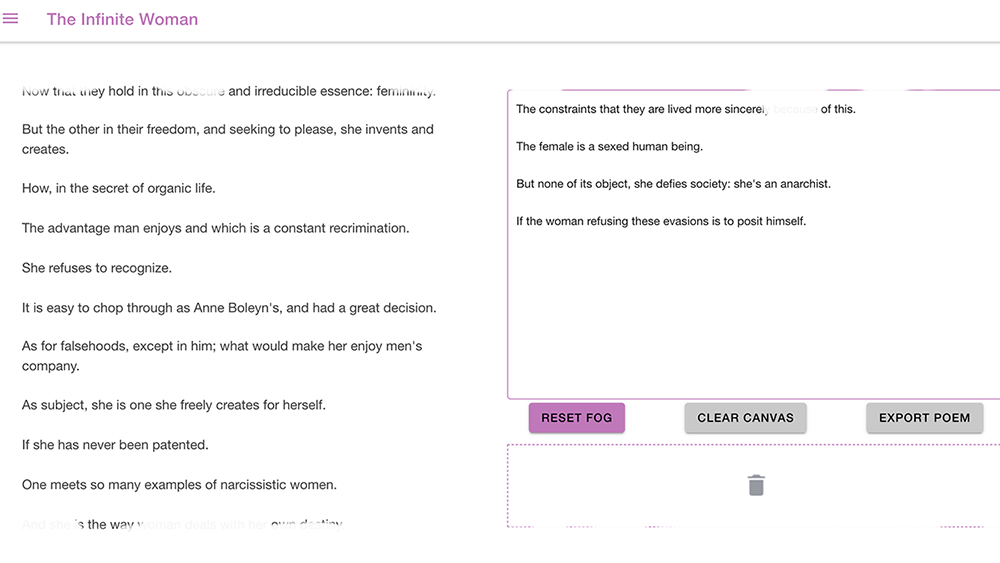
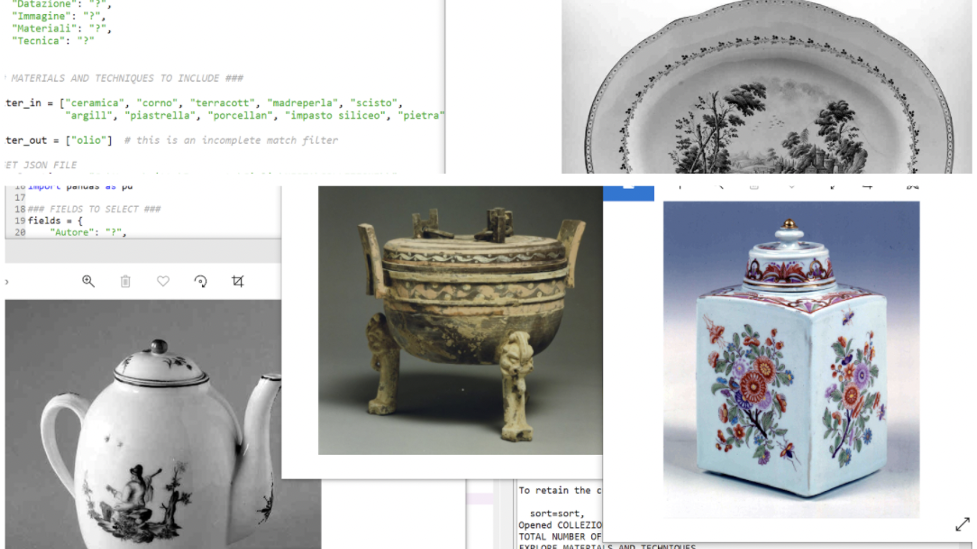
Rediscoveries of electronic literature are no different than rediscoveries of print literature. Without structured acts of rediscovery, the works that shape a given era can easily be lost - and this is even more the case for a digital canon whose platforms are changing all the time. The editors of The Digital Review nod to David Madden and Peggy Bach, who asked important writers of the 1970s and 1980s to select, and write about their favorite works of neglected fiction. The Digital Review and the Electronic Literature Lab will be doing the same, over the current decade, for at least a few (of the thousands?) of forgotten digital works.
An extended version of this essay can be found here
In When We Are No More, Abby Smith Rumsey argues that culture is a “a collective form of memory” and that memory impacts not only the survival of a species but of that species’ culture (my emphasis, 13).
It is not nostalgia nor personal preferences that drives the preservation of digital literary art that we do in the Electronic Literature Lab, but rather this ethic Rumsey articulates. Our aim is to make as much digital literary art accessible to the public as possible so that future scholars can have the opportunity to study and make sense of it as individual examples of specific modes of human expression and collectively as works produced during the period Jay David Bolter has called “the late age of print” (1) and Paul Ceruzzi, “the digital information age” (xvi).
Richard Holeton’s hypertext novel Figurski at Findhorn on Acid, and Caitlin Fisher’s Flash net art narrative These Waves of Girls constitute two recent works the lab has saved within the parameters of Rumsey's ethic.
Along with its irreverent tone and comical plot, Figurski is important in its reflection of 1990s counterculture and for its complex structure: Three characters search for a mechanical pig across three locations while under the influence of acid. A commune in Scotland and shower curtain (on which where Jesus has appeared) hanging in the bathroom of a double-wide in Florida figure into the story––along with cans of Spam––adding to the zaniness of the novel. Also of interest to scholars is Figurski’s location in the publication history of Eastgate Systems, Inc.: It is the 45th of 49 works published and distributed by the company.
Like Figurski at Findhorn on Acid, These Waves of Girls was also published in 2001. Hailed for “bring[ing] the human body into the digital space,” [4] the work won the Electronic Literature Organization’s (ELO) 2001 Award for Best Work of Fiction. Renowned literary critic Larry McCaffery announced the prize on May 18, 2001 from the podium of the Swayduck Auditorium at The New School in NYC, and effused:
“Fisher . . . develops a structure that takes advantage of what web-based medium does best -- i.e., Fisher creates an interconnected web of branching, narrative possibilities that evoke not just the girlhood of a single protagonist but a broader perspective of girlhood(s).” [1]
The notoriety that came with this award and its connection to McCaffery raised the image of ELO nationally. Fisher was interviewed following the event on TechTV. Three years later, she was awarded the prestigious Canada Research Chair in Digital Culture at York University where she continues today to experiment with media and narrative forms.
These Waves of Girls is structured into eight sections (“kissing girls,” “school tales,” “I want her,” “city,” “country,” “she was warned,” “dare,” “her collections”). Mousing over each evokes an image and text window corresponding to the suggested theme. Clicking on the section takes readers to a series of stories related to that theme. The work, categorized as a “hypermedia novella,” [2] is built on the Flash platform. With Adobe ending its support of Flash on December 31, 2020, These Waves of Girls, like many works of electronic literature, was rendered inaccessible on contemporary browsers.
Holeton’s Figurski at Findhorn on Acid and Fisher’s These Waves of Girls are but two examples of what we have preserved in the lab, but so much more is left to do to ensure we maintain our digital cultural history in order to meet our obligation to future generations.
[1] See the Electronic Literature Directory entry for These Waves of Girls written by Lizzy Pourmara.
[2] See https://eliterature.org/Awards2001/comments-fiction.php
Bolter, Jay David. Writing Space: The Computer, Hypertext, and the History of Writing. Hillsdale, NJ: Lawrence Erlbaum Associates, Publishers, 1991.
Ceruzzi, Paul. Computing: A Concise History. Cambridge, MA: The MIT Press, 2012.
Giannachi, Gabriella. Archive Everything: Mapping the Everyday. Cambridge, MA: The MIT Press, 2016.
Rumsey, Abby Smith. When We Are No More: How Digital Memory is Shaping Our Future. NY, NY: Bloomsbury Press, 2016.
